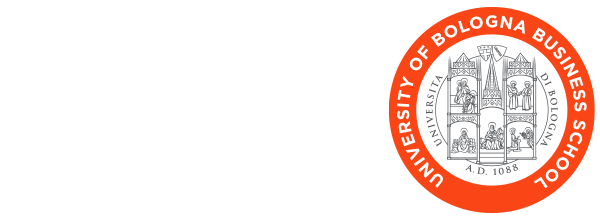Abstract
This case is about an example of how to measure the impact of a marketing strategy on the firm’s value. This case is divided up into two parts. The first, here discussed, examines a company’s evaluation exercises, on the basis of its recent success history. The second performs a similar exercise conditional to a specific assumption about the marketing strategy: by assuming a more aggressive marketing strategy, we are going to propose another Macron evaluation to highlight how much value is added by this new branding policy. The logic of the case is to let the audience understand the intimate relationship between any decision taken at the firm level and its impact on the firm’s value. This is to say that even apparently non-financial decisions will have a strong financial impact: on the debt/equity structure and, ultimately, on the value of the company and its price per share. The case starts with a description of the company along its historical path. Next we proceed with the evaluation of the company along three distinct methodologies. What it is interesting in the evaluation process is given by the different methods here proposed. We evaluate the company on the basis of two methods: the WACC and the APV (Adjusted Present Value). The WACC method is also presented in two ways, conditional to a different approach to evaluate the company’s terminal value. In the first approach, we consider the EBIT as a terminal value, filtered by the reinvestment rate. In the second approach, the terminal value is computed on the basis of the Free Cash Flow approach. The APV is presented as another way of looking at the company’s evaluation, by eparating a full equity firm value from the impact of tax shields. We obtain high values for Macron. This is also the consequence of the lower level of debt/equity ratio of Macron as opposed to the same ratio for other competitors, which, on average, are highly leveraged. This case shows the importance of the assumptions considered for the company’s growth rate in the long run. We stick with a very conservative case of a growth rate around 1 per cent. This case represents a standalone case, conditional to a marketing strategy which follows a steady line. In Case B, we will assume the impact on the company’s value conditional to a more aggressive marketing strategy. It is worth stressing that the marketing strategy emerges from a financial need: the number of days for receivables associated with professional clubs is higher than the days for receivables coming from the retail sector.
Target for Teaching
- Management sciences
- Financial Market
- Corporate Finance. Professional Training Course
Target audience and Issues
This case has been developed for postgraduate students, MBA students, in management sciences. This case can be very useful also in a financial market course or in corporate finance course. Another target audience is represented by course in professional training courses.
Teaching objectives
A number of learning objectives can be focused on when using this case in the classroom. Under this view, this case can serve either as corporate finance case to illustrate the various subtle aspects related with company’s evaluation or as a marketing case. In any case, with this case in hands, it is possible to achieve the following goals:
- Learn about valuing a company under different approaches.
- Understand the critical aspects related with the assumptions to be included for the evaluation (especially related with the long run rate).
- Making the audience to understand the link between any strategic decision and its impact on the company’s value, showing that even apparently financially non-related decisions may have a strong impact on the financial position of the company.
- To learn the interrelations existing between the any company decisions and its
financial position.



